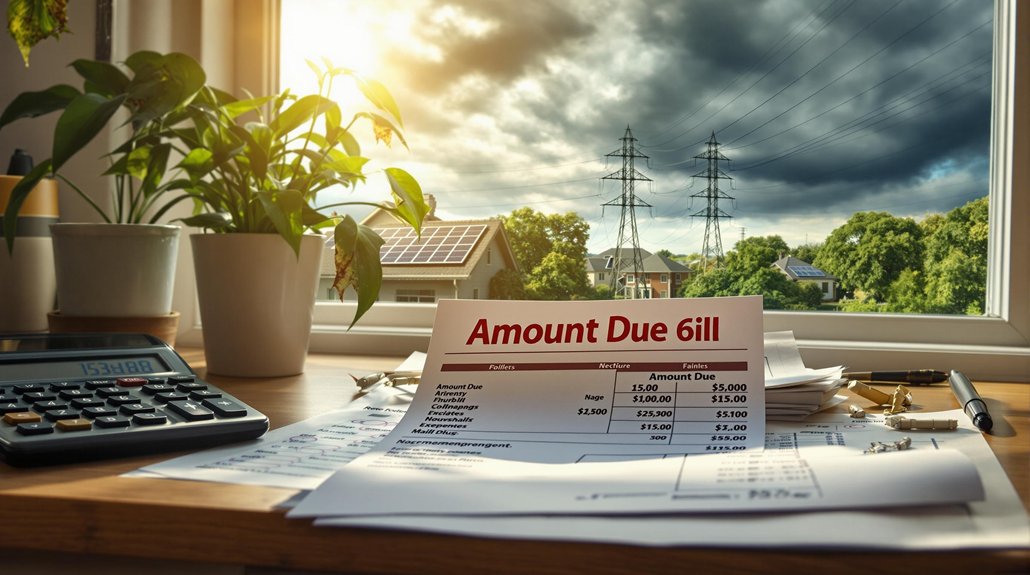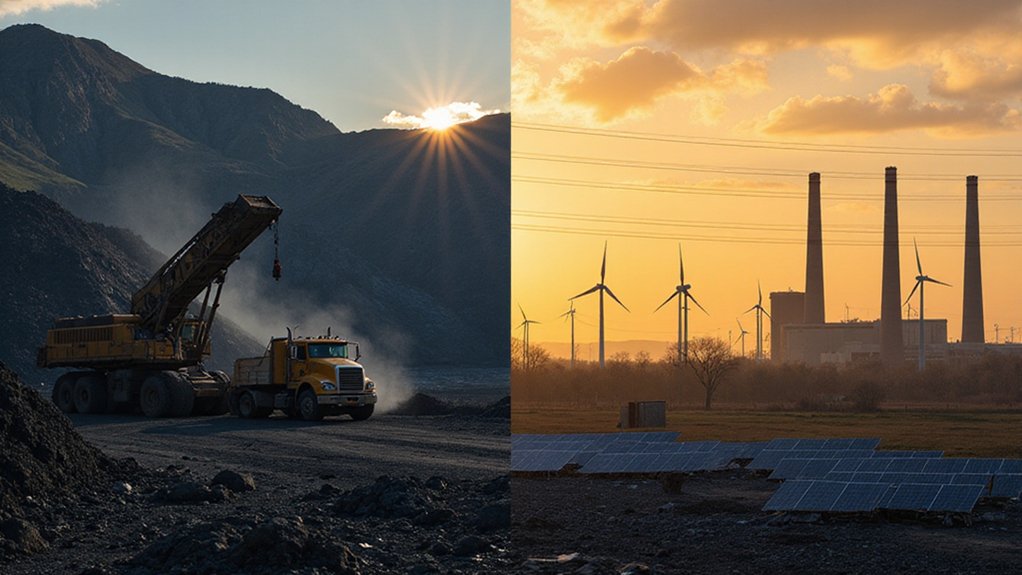Americans face a financial gut-punch if clean energy tax credits disappear. Average households will pay $110+ more annually by 2026, with New Yorkers hit hardest at $468 extra per year. Electricity prices nationwide? Up 7.3% for homes, 10.6% for businesses. The economy loses $820 billion, and 97,000 jobs vanish. Clean energy capacity drops by 237 GW. Politicians bickering over tax credits while your wallet gets thinner? Classic. The numbers tell a sobering story.
While Americans struggle with inflation on all fronts, their electric bills are about to deliver another painful shock. If clean energy tax credits disappear, the average household will fork over an extra $110+ annually by 2026. Some unlucky states will see hikes reaching $152 per year by 2035. New Yorkers? They’re looking at a whopping $468 annual increase. Texans won’t fare much better with a $348 yearly bump. Just what everyone needed – another bill crisis!
Americans already stretched thin face yet another budget-buster as energy costs prepare to skyrocket if tax credits vanish.
The nationwide damage is substantial: residential electricity prices jumping 7.3% by 2029, while businesses get hammered with a 10.6% increase. Some states are in for a real treat – Wyoming residents and businesses could face nearly 30% price hikes. Midwestern states will see 12% increases over just four years. Western states? A cool 10% bump. The electric companies must be thrilled.
These increases aren’t just numbers on a bill. They represent $820 billion sucked out of the U.S. economy. Businesses will pass those costs to consumers faster than you can say “inflation.” Higher prices for everything – exactly what America doesn’t need right now.
The clean energy sector takes a massive hit too. We’re talking 237 GW less clean energy capacity by 2040. Solar and wind deployment cut in half through 2035. A staggering $520 billion drop in clean energy investment. All while electricity demand is expected to surge 30%. Great timing!
Currently, homeowners can save up to $3,200 annually with energy-efficient upgrades. There’s a 30% credit for solar and wind equipment, $2,000 for heat pumps, and $1,200 for other improvements. These credits work – delivering benefits 3-4 times greater than their costs. The availability of net metering programs allows many households to further reduce costs by selling excess energy back to the grid, creating additional savings opportunities. According to the U.S. Department of Energy, these incentives could help Americans save approximately $38 billion on utility bills by 2030. Multiple economic studies show consistent findings that highlight the financial downsides of eliminating these clean energy incentives.
The economic fallout? At least 97,000 fewer American jobs by 2040. A $510 billion GDP decline through 2035. And 3.8 million job-years lost, hitting rural communities hardest. Electric bills up, jobs down. Some energy policy.









